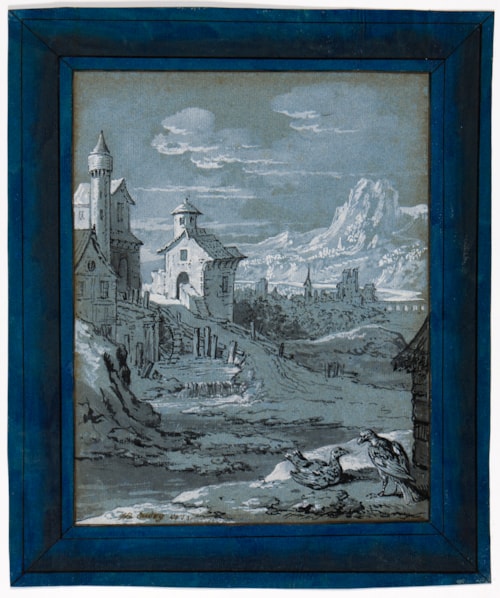
Jean-Baptiste OUDRY
Paris 1686 - Beauvais 1755
Biography

Jean-Baptiste OUDRY
Paris 1686 - Beauvais 1755

Jean-Baptiste OUDRY
Paris 1686 - Beauvais 1755
Biography
Artworks by this artist
Collection
| Data | collectively all information that you submit to Stephen Ongpin Fine Art Limited via the Website. This definition incorporates, where applicable, the definitions provided in the Data Protection Laws; |
| Cookies | a small text file placed on your computer by this Website when you visit certain parts of the Website and /or when you use certain features of the Website. Details of the cookies used by this Website are set out in the clause below (Cookies); |
| Data Protection Laws | any applicable law relating to the processing of personal Data, including but not limited to the Directive 96/46/EC (Data Protection Directive) or the GDPR, and any national implementing laws, regulations and secondary legislation, for as long as the GDPR is effective in the UK; |
| GDPR | the General Data Protection Regulation (EU) 2016/679; |
| Stephen Ongpin Fine Art Limited, we or us | Stephen Ongpin Fine Art Limited, a company incorporated in England and Wales with registered number 08879095 whose registered office is at 8 Rodborough Road, London, NW11 8RY; |
| UK and EU Cookie Law | the Privacy and Electronic Communications (EC Directive) Regulations 2003 as amended by the Privacy and Electronic Communications (EC Directive) (Amendment) Regulations 2011; |
| User or you | any third party that accesses the Website and is not either (i) employed by Stephen Ongpin Fine Art Limited and acting in the course of their employment or (ii) engaged as a consultant or otherwise providing services to Stephen Ongpin Fine Art Limited and accessing the Website in connection with the provision of such services; and |
| Website | the website that you are currently using, www.stephenongpinfineart.com, and any sub-domains of this site unless expressly excluded by their own terms and conditions. |
| Type of Cookie | Purpose |
|---|---|
| Strictly necessary cookies | These are cookies that are required for the operation of our website. They include, for example, cookies that enable you to log into secure areas of our website, use a shopping cart or make use of e-billing services. |
| Analytical/performance cookies | They allow us to recognise and count the number of visitors and to see how visitors move around our website when they are using it. This helps us to improve the way our website works, for example, by ensuring that users are finding what they are looking for easily. |
| Description of Cookie | Purpose |
|---|---|
| Cookie Guard | This cookie is essential for storing the status of your cookie choices whilst using the site |
| ASP.NET Session | This cookie is used to track important logical information for the smooth operation of the site |
| ASP.NET User Roles | This cookie is used to store information about authenticated user roles |
| Description of Cookie | Purpose |
|---|---|
| Google Analytics | These cookies are used to collect information about how visitors use our site. We use this information to compile reports and to help us improve the site. These cookies collect information in an anonymous form, including the number of visitors to the site, where visitors have come to the site from and pages they visited. |
| Recently Viewed Artworks | This cookie is used to store information about your recently viewed artworks |
Terms and Conditions of use